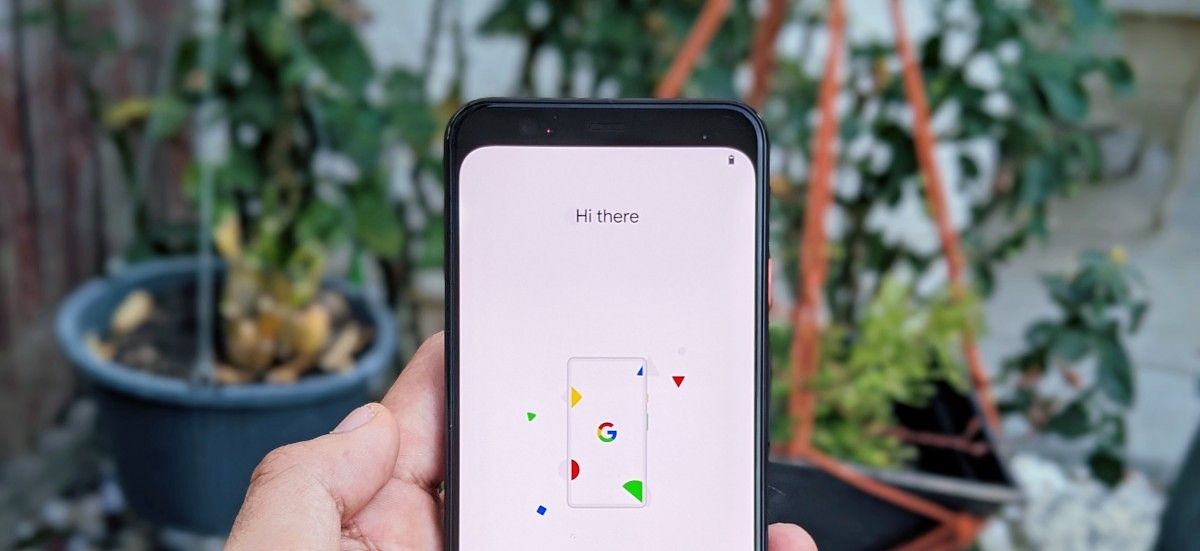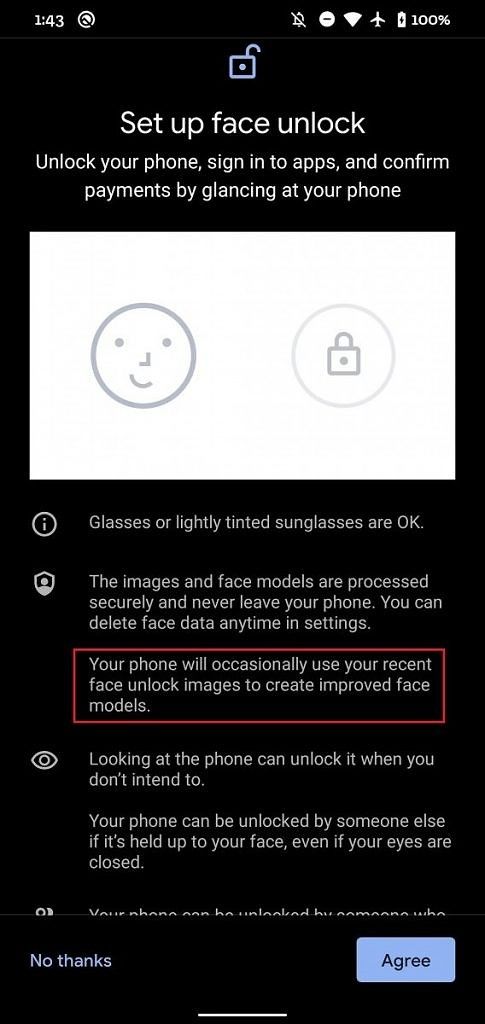Right on schedule, Google released the December 2019 Android Security Bulletin earlier this month. In typical fashion, Google pushed an update for its Pixel smartphones immediately after publishing the security bulletin. However, Google surprisingly delayed the update for its new Pixel 4 and Pixel 4 XL smartphones, choosing instead to grab headlines a week later with the first "Pixel Feature Drop." Google's new approach to updating its Pixel smartphones involves holding the rollout of major new features in its first-party apps until it's time for the next feature drop. The first feature drop brought features like automatic Call Screen, a new Portrait Mode filter and auto-framing feature in Google Duo, and retroactively applying blur to your existing photos in Google Photos. In addition, the update also brought 3 new features to the Google Pixel 4 that you may not have been aware of: dual-frequency GNSS, an improved Face Unlock, and support for T-Mobile's network via the built-in eSIM.
Dual-frequency GNSS
In the specification sheet for the Pixel 4 and Pixel 4 XL, Google said that support for dual-frequency GNSS would be coming soon. What dual-frequency GNSS allows for is better location tracking as your phone can track more than one signal from a satellite using two different frequencies. For the GPS system, that's the L1 and L5 frequencies. For the Galileo satellites, that's the E1 and E5a frequencies.
In the blog post for the Pixel Feature Drop, Google said that "you'll also get amazingly fast accuracy in Google Maps with improved on-device computing for much better location quality." Support for dual-frequency GNSS is based on hardware, but from this statement, it sounds like Google made other improvements to improve location tracking in Google Maps.
Face Unlock that gets better over time
Not referenced at all in the blog post for the Pixel Feature Drop is the fact that the Google Pixel 4's Face Unlock has received a big improvement. No, they haven't added the ability to add a second face, nor have they added the ability to require your eyes to be open. What they have done is made Face Unlock improve over time. Rather than relying on only the initial face model created when you first set up Face Unlock, the Pixel 4 now uses recent images of your face to improve its model over time. These images are taken when you unlock your Pixel 4 with Face Unlock, so you won't even notice it's getting better.
During initial set up of Face Unlock after the December update, there's a new sentence in the instructions informing you of this change. Google's support page says that face models are stored in the Pixel 4's security chip, referring to the Titan M, so no images or face models need to be stored online. Digging into the December update, we also noticed that Google has changed Face Unlock to now warn the user when the face model is inadequate and needs to be re-done.
This improvement to Face Unlock was highlighted in the changelog for the December 2019 OTA update that rolled out the users. Since Google didn't highlight it in their Pixel Feature Drop blog post nor did they mention it on their support forums, I wouldn't be surprised if a lot of people missed this change.
T-Mobile eSIM support
The Pixel 4's eSIM can be provisioned on many different carriers around the world, but with the latest update, T-Mobile USA is now one of them (via AndroidPolice). Since the Pixel 4 supports dual SIM, dual standby, you can provision both the physical nanoSIM and the eSIM on different networks while still being able to receive calls and texts from both.
Google Pixel 4 Forums ||| Google Pixel 4 XL Forums
Featured image by XDA Contributor Dylan Raga


